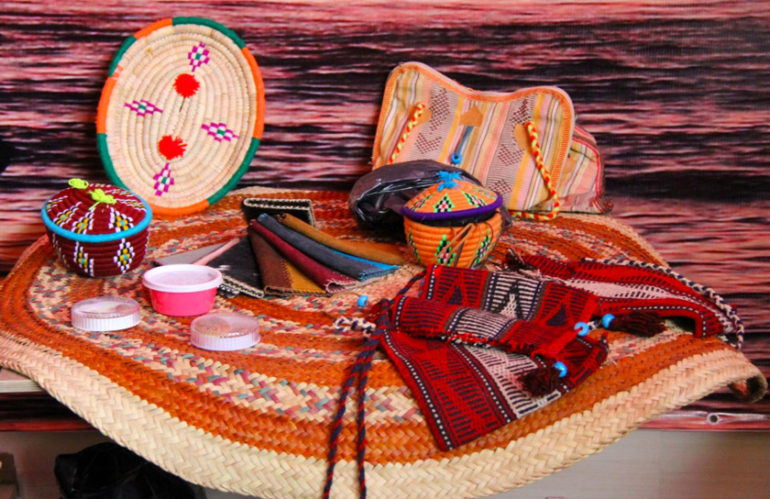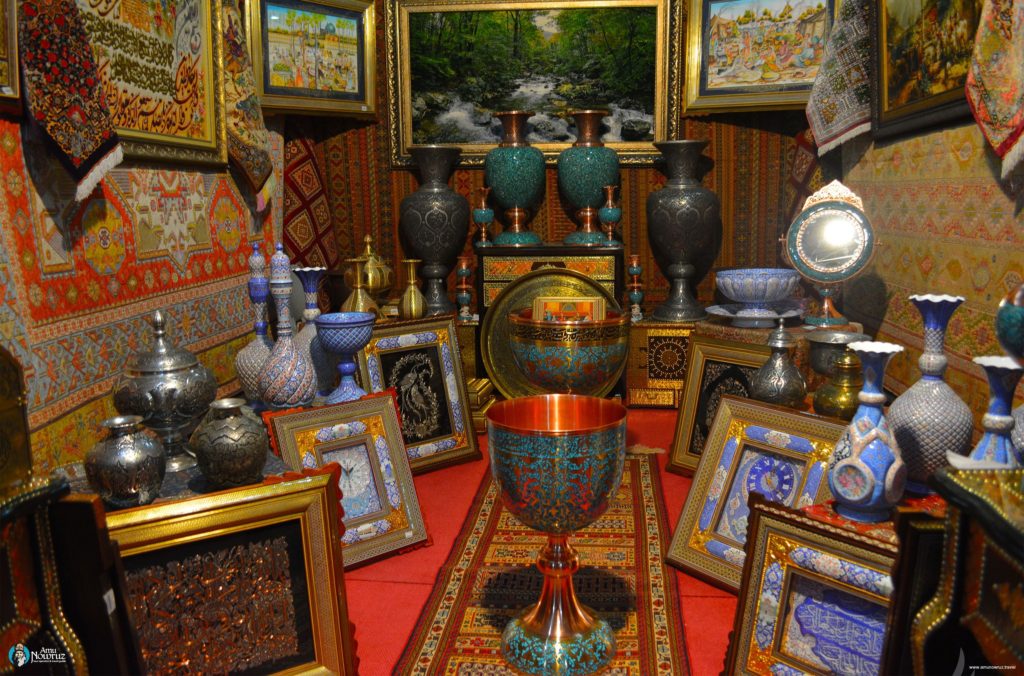
June 10th is celebrated as World Handicraft Day worldwide. The World Handicrafts Council was established by the UNESCO with 90 countries as members.
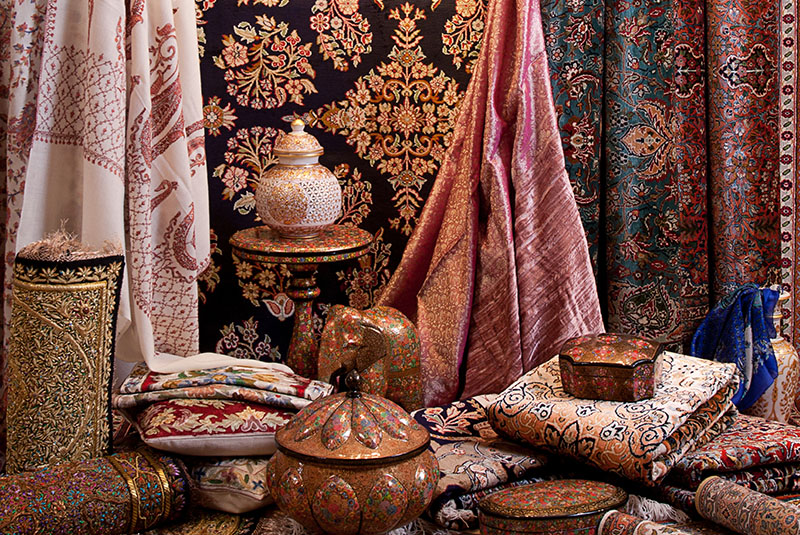
Iran now has the first place in the world with 8 cities and two villages, after Iran, China with 6 cities and Chile 4 cities and villages in the next position
On the occasion of World handicraft, it may be a good idea to become familiar with some of the history and the most popular handicrafts of Iran.
Iranian art and architecture reflect a 5,000-year-old cultural tradition with a significant development over the history. Numerous artists have produced beautiful items which are known throughout the world. The most famous of Iranian handicrafts includes Persian Carpet, Minakari, Miniature, Khatamkari, and Ghalamzani (Metal-work).
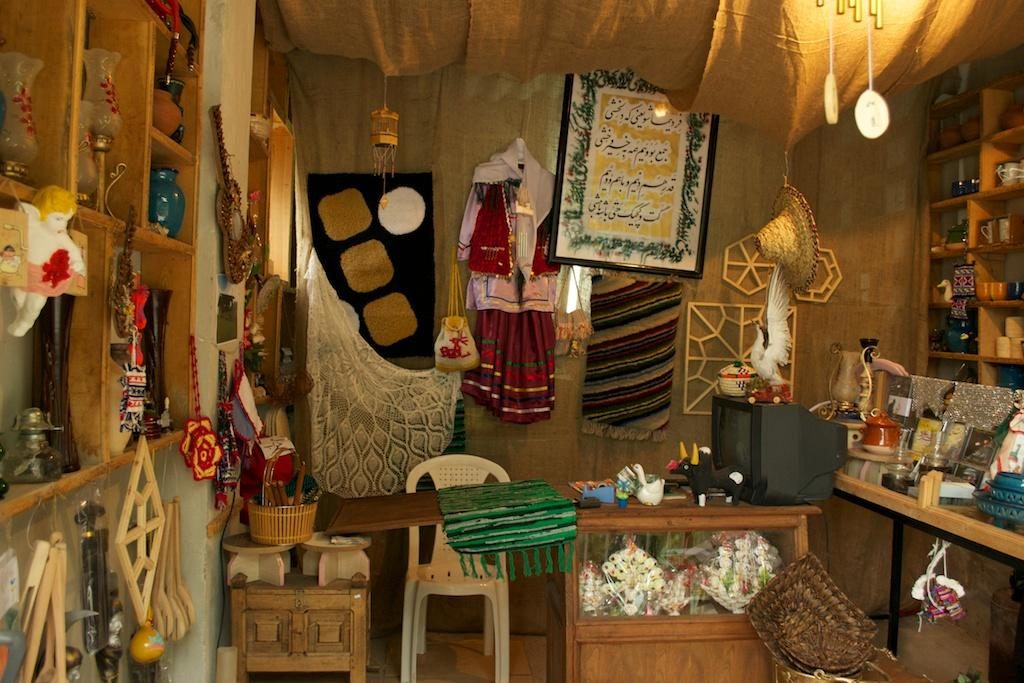
Persian Carpet
Persian Carpet is an inseparable item from Iranian art and culture. It is undoubtedly one of the most distinguished manifestations of Persian dates back to the Ancient Persia (c.500 BC). The “traditional skills of carpet weaving” in Fars Province and Kashan City were inscribed as Intangible Cultural Heritage Lists of UNESCO in 2010.
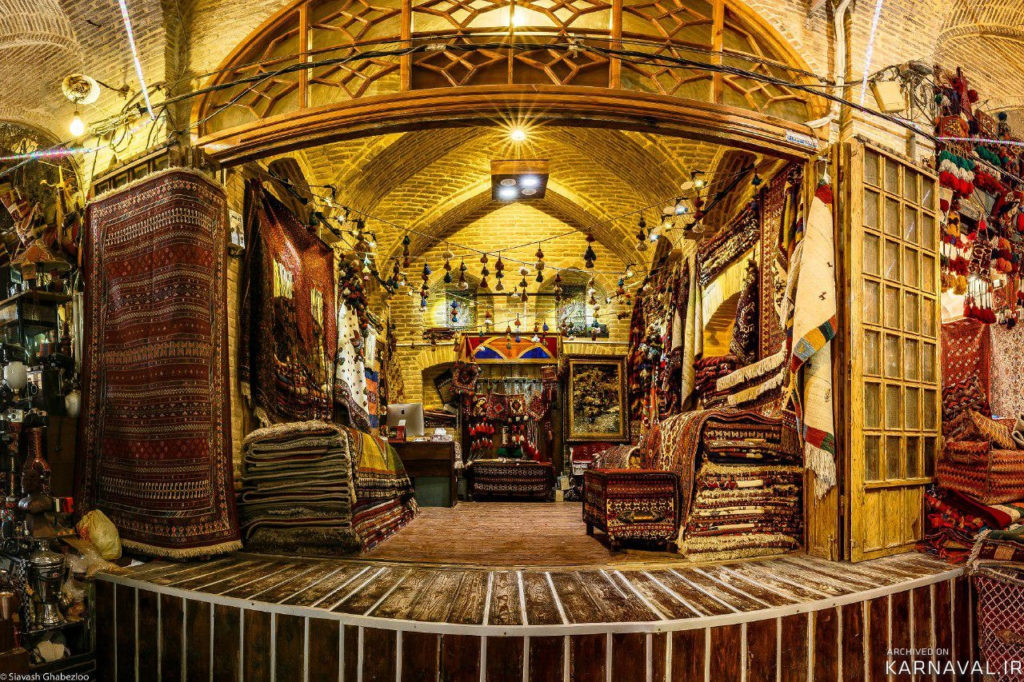
The pattern of carpets reminds you of the Persian garden which is full of florae, birds, and other animals. Wool, cotton, and silk are the most common materials in carpet weaving.
Traditional dyes used in Persian carpets are taken from plants and insects. As an example, red from “Madder”, yellow from “onion”, and black from “Oak apples”.
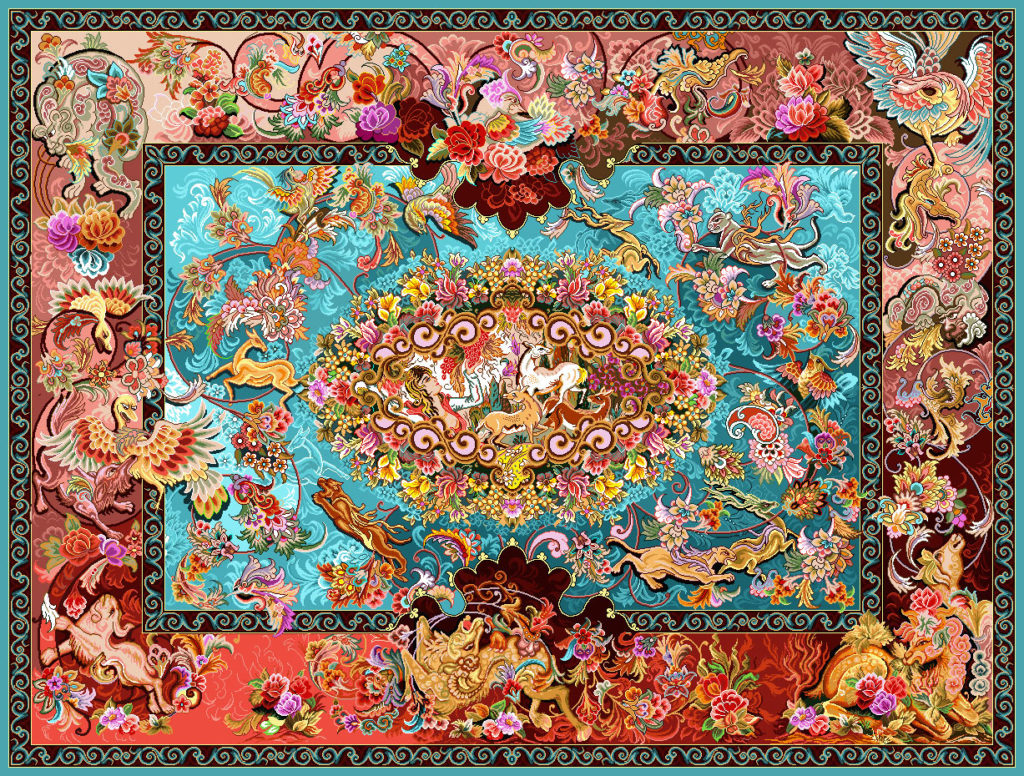
Minakari (Enameling)
The art of Minakari or Enameling is the art of fire which is used to make decoration on metal and tile with mina glaze. The patterns used for enamel works are traditional designs depending on the preferences of the artist. In Iran, enameling is mostly done on copper and silver. Enamel working and decorating metals with colorful and baked coats is one of the distinguished courses of art in Isfahan.
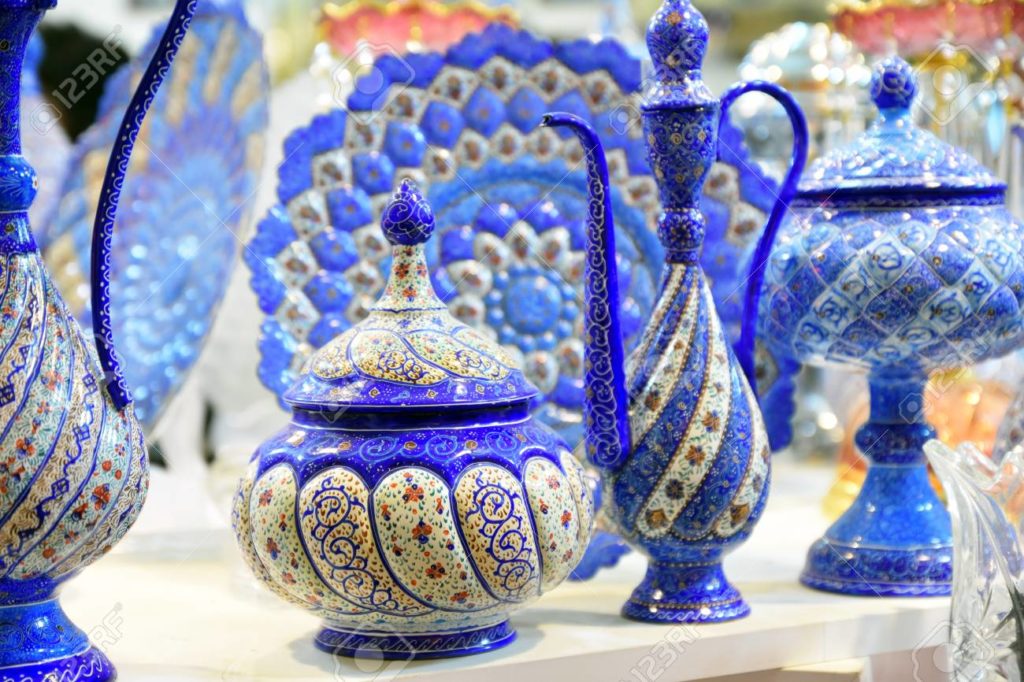
Today, this art is mostly made on copper, but it can also be made on gold and silver. Gold is the metal that does not oxidize when melting, so makes possible to do detailed design on the enamel, while silver enamels are not of such quality. The enamels center in Iran is Isfahan and many experts are working on the enamel works.
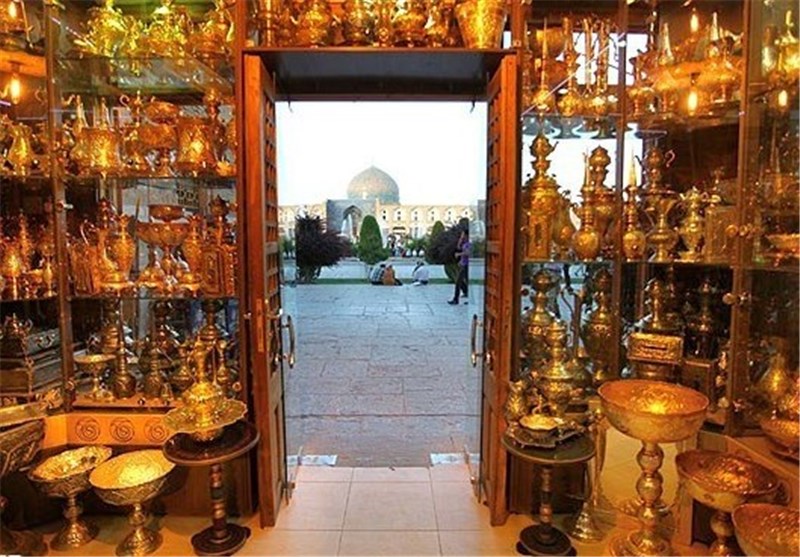
Khatamkari
Khatam Kari is the art of decorating wooden surfaces with small mosaic-like veneers in the form of triangles made of different woods and materials. These materials include Areca wood, Ebony, the wood of Citron Tree, Jujube wood, and bones of camel, horse, and cow.
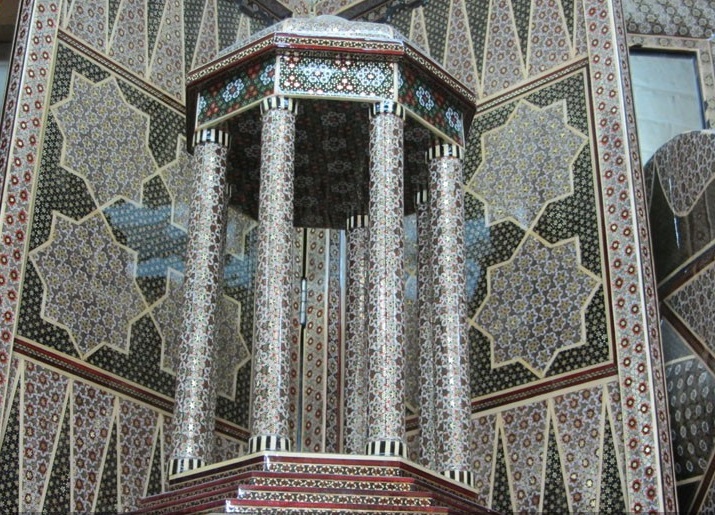
This beautiful and original art is the creative thinking of the artists of Shiraz, it has more than 10 centuries, the days when the pulpit of Khatam created the mosque of the Old Testament as the hands of the artists of Shiraz Khatamar.
Isfahan city has been the main center of Khatam working in Safavid period but, then it became popular in Shiraz. It is used to produce some objects such as backgammon board, chessboard, Quran rack, Frames and small boxes.

Ghalamzani (Engraving)
Ghalamzani is the art of carving superb designs on metals such as copper, brass, silver, and gold. The same as other Iranian arts, Isfahan is the main center for engraving with a significant development in the Safavid dynasty.
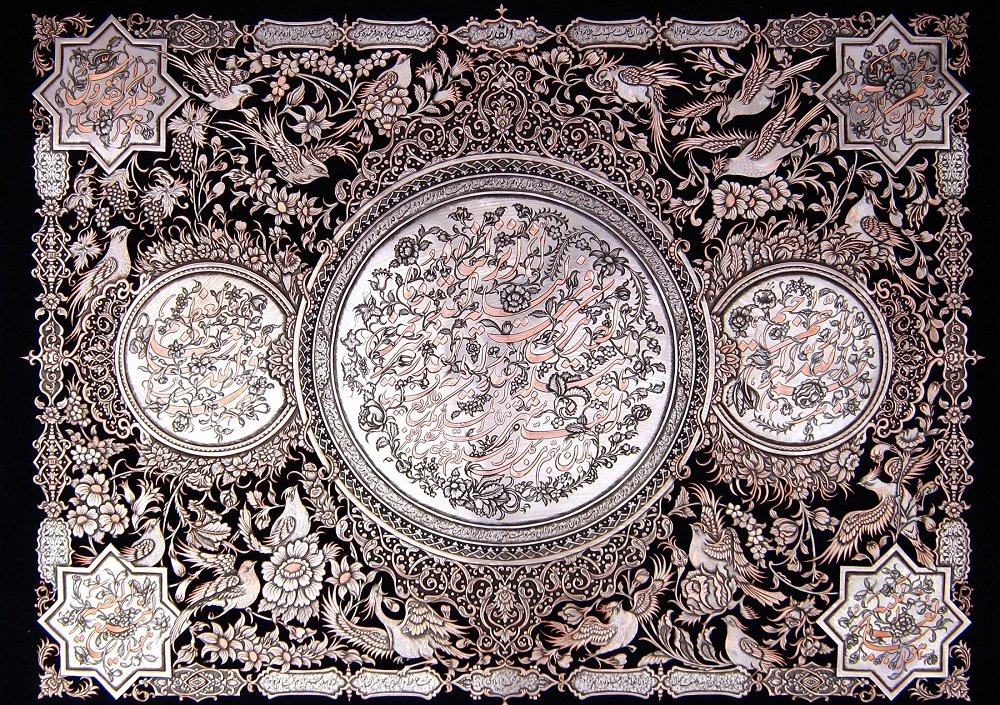
If you travel to Iran and visit Isfahan, you will definitely see the splendid art of engraving at the Bazaar of Isfahan.

One of the traditions of Ancient Persia is handicrafts, which are preserved in the culture of the nation and passed on from generation to generation. Today handmade products are highly regarded outside Iran as a unique art. Popular ways of Iranian handicraft are true masterpieces, and each of them has its own history.
